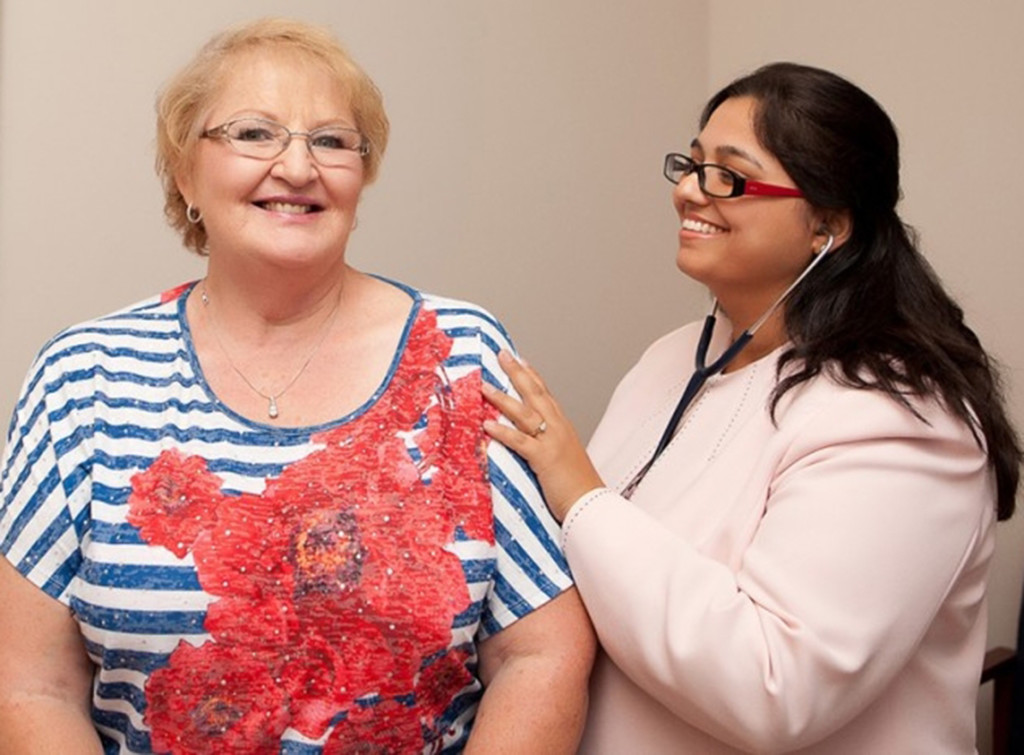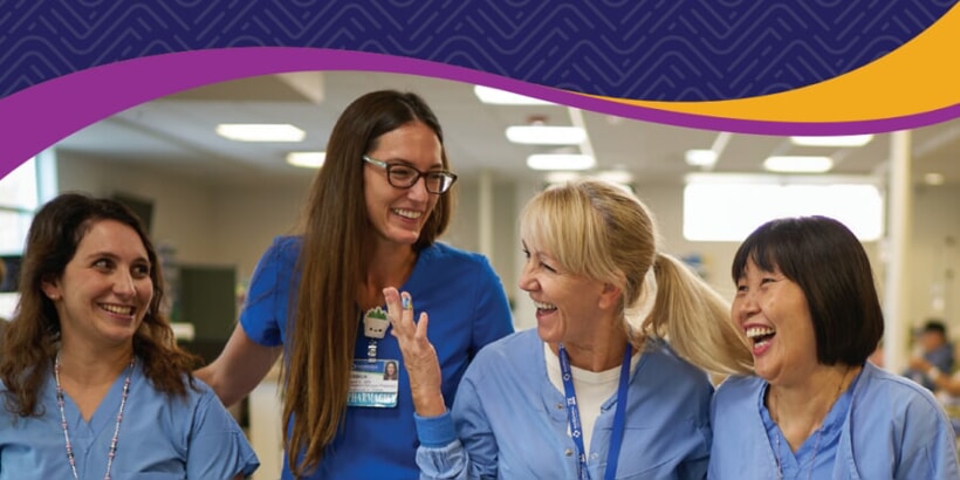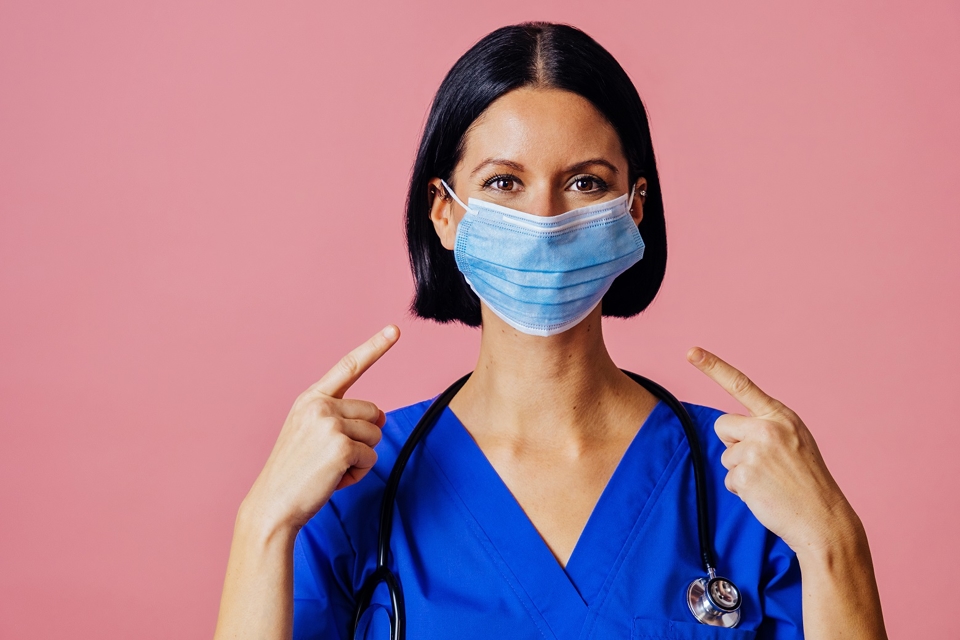
Breast self-awareness
Finding breast cancer early is the main goal of routine breast care. That’s why it’s so important to follow this plan for preventive care.
“Finding problems early gives you the best chance of successful treatment. Routine care can also help find other noncancerous or benign conditions, too,” said Rashmi Ramasubbaiah, MD, a board certified oncologist/hematologist who cares for patients with a wide range of cancers at Marshall Hematology/Oncology in Cameron Park.
The American Cancer Society says that all women should get to know how their breasts normally look and feel. Doing this can help you notice any changes more easily. Changes to your breasts may include:
- New lump
- Leaky fluid (discharge) other than breast milk
- Swelling
- Skin irritation or dimpling
- Nipple problems. This might be nipple pain, redness or flaking. Or the nipple may turn inward.
“See your healthcare provider right away if you notice any of these changes,” Dr. Ramasubbaiah encourages.
Clinical breast exam
Your physical exam should include a clinical breast exam by a healthcare provider or nurse trained to check breast problems. The American College of Obstetricians and Gynecologists recommends:
- Between ages 29 and 39, women should have a CBE by a healthcare provider every one to 3 years.
- After age 40, women should have a breast exam by a healthcare provider every year.
But the USPSTF and the ACS believe there isn’t enough evidence to know if CBEs are helpful for women ages 40 and older. Talk with your healthcare provider about your personal risk factors. That will help you decide if you should have a CBE.
Mammogram
A mammogram is a low-dose X-ray of your breasts. It’s the most common imaging test. A mammogram can find cancer or other problems early, before a lump can be felt. It can also help diagnose other breast problems.
Additionally, an ultrasound of your breasts may be needed if your mammogram shows dense and a biopsy is needed to know for sure if you have cancer.
Health experts have different advice for mammograms:
- The USPSTF recommends screening every two years for women ages 50 to 74.
- The ACS recommends yearly screening for all women ages 45 to 54. Women ages 55 and older should change to mammograms every 2 years. Or they may choose to still have a yearly screening.
“Talk with your healthcare provider about your own personal risk factors. This will help you decide when to start getting mammograms and how often to have them,” Ramasubbaiah said.
You may need a diagnostic mammogram when an abnormal area is found during a screening mammogram.
Both the National Cancer Institute and the ACS suggest that women who may be at greater risk for breast cancer should talk with their healthcare providers about whether to begin having mammograms at an earlier age. Depending on the level of risk, a breast MRI may also be done along with mammograms.





